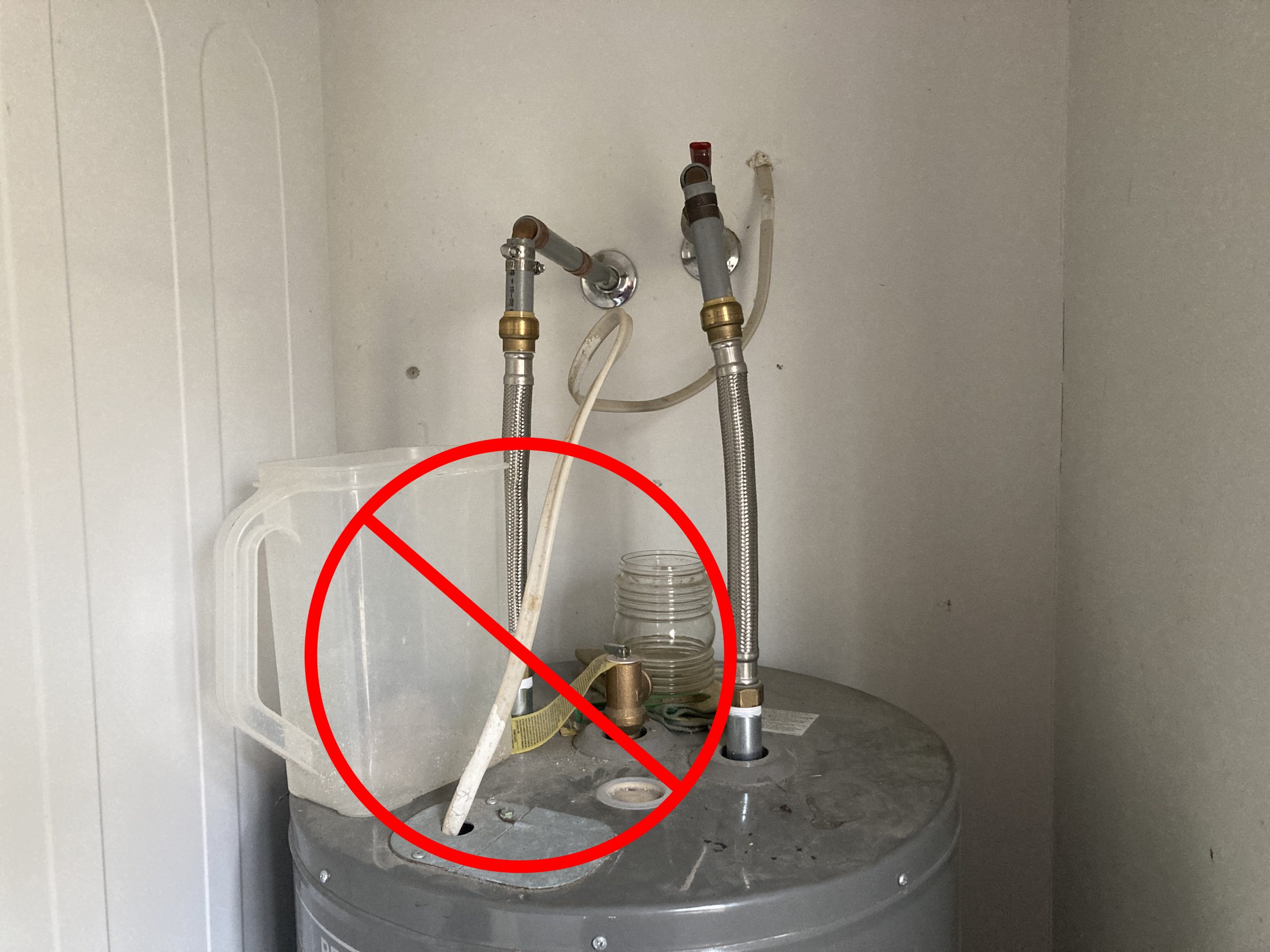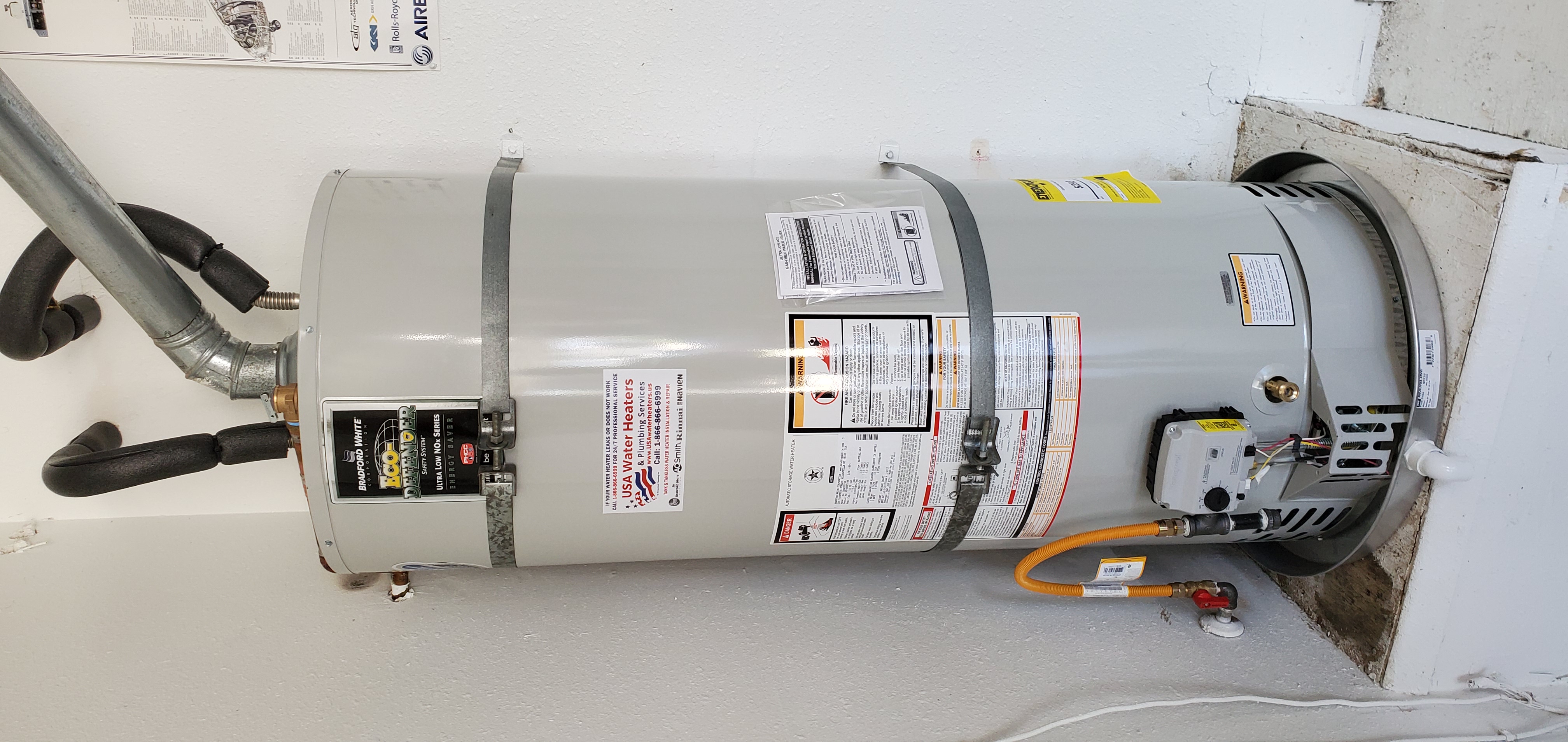Top-rated water heater installation in Buena Park – contact us today
Do It Yourself Water Heating System Installment: Important Actions for Success
When taking into consideration a DIY hot water heater setup, it is necessary to approach the task with a methodical attitude, as the process involves a number of vital steps that can considerably affect both security and effectiveness. Choosing the ideal hot water heater for your specific needs is just the start; preparing the setup location and understanding the essential tools and products are similarly important. As we check out the methodical approach to installment, it emerges that overlooking any information can bring about problems down the line. Are you prepared to browse the details of this home improvement project?
Selecting the Right Water Heating System
When choosing a hot water heater, it is vital to think about several crucial factors to guarantee ideal performance and performance - water heater. Review the type of water heating system that ideal fits your demands. Options consist of tankless, tank, and heatpump hot water heater, each offering distinct advantages in terms of energy effectiveness and room requirements
A larger family might need a system with a better gallon capability or a tankless system that can offer continuous hot water. Each energy type has ramifications for installment expenses and long-lasting power expenses.
Energy efficiency is an additional essential element. Look for systems with a high Power Variable (EF) rating, as these models consume less power and can significantly reduce energy expenses. Furthermore, look for service warranties and brand dependability, as these can indicate the longevity and upkeep requirements of the system. By very carefully evaluating these factors, you can pick a water heater that aligns with your family's particular needs, making certain convenience and performance for many years to find.
Tools and Products Needed
Successfully installing a hot water heater calls for not just the best option of system however additionally the proper devices and materials. Before getting started on your do it yourself project, guarantee you have an extensive checklist of items to assist in a smooth installment procedure.
Essential devices include a pipeline wrench, adjustable pliers, and a screwdriver set (both flathead and Phillips), which will assist you take care of different installations and links. Furthermore, a drill with proper bits is necessary for placing braces or making any kind of needed holes. For security, a voltage tester is vital, especially when dealing with electric water heaters.
As for products, obtain Teflon tape to make sure watertight links on threaded fittings. You will certainly also need an adaptable water line, which can be either knotted stainless-steel or PVC, depending upon your choices and regional codes. Do not fail to remember to equip up on installations, such as couplings and arm joints, to attach the pipes safely. Lastly, a pan or drip tray can help manage any kind of possible leakages, supplying an added layer of safety and security. By collecting these materials and tools beforehand, you set the phase for a successful water heater installation.
Planning For Installation
Before starting the setup of your water heater, it is important to assess the installment website to ensure it fulfills all needed demands. Begin by confirming that the location is well-ventilated, particularly for gas hot water heater, to avoid the buildup of damaging gases. Inspect for the schedule of required links, consisting of water lines and electric outlets, guaranteeing they remain in good condition and properly located.

This aggressive technique not only makes certain compliance with regional structure codes however likewise boosts the durability and efficiency of the water heating unit. Appropriate prep work establishes the stage for a smooth installment process and assists protect against unforeseen concerns.
Step-by-Step Installment Process
With the prep work complete and all necessary evaluations performed, the following phase includes the detailed installment of your water heating system. For tank-type water heaters, link the cold water supply line to the inlet, normally noted in blue, and the hot water line to the outlet, normally marked in red.
Following, protect the temperature level and stress relief valve, which is necessary for safety and security. Attach the discharge pipeline to this shutoff, directing it in the direction of the flooring or an appropriate drain location. For electric versions, attach the power supply by removing the cords and protecting them to the heating unit's terminals according to the supplier's directions.
If you are mounting a gas hot water heater, make certain the gas line is attached properly and look for leakages utilizing a soap option. Links are made, fill up the tank with water before transforming on the power or gas supply. Finally, enable the water heater to reach the desired temperature level and look for any kind of leakages around all links.
Ensuring Safety And Security and Effectiveness
On a regular basis guaranteeing safety and security and performance throughout the installment and procedure of your water heating system is important for ideal efficiency and longevity. Begin by choosing an ideal location that abides by regional building regulations and gives sufficient air flow. Ensure that the area is devoid of flammable products and has enough area for upkeep and evaluations.

After setup, conduct regular look at the unit to spot leaks, corrosion, or unusual noises. Establish the thermostat to a secure temperature, commonly around 120 ° F, to stop scalding and boost energy effectiveness. Insulate pipes to minimize warmth loss, which adds to reduce energy bills.
Verdict
In verdict, effective Do it yourself water heating system setup pivots on cautious planning and execution. Picking the proper water heater, preparing the installment location, and adhering to a systematic installation process are important steps.
When taking into consideration a find more DIY water heating unit installment, it is necessary to approach the job with a methodical attitude, as the process includes a number of crucial steps that can substantially impact both security and effectiveness.Prior to starting the installation of your water heating unit, it is vital to assess the installment site to guarantee it meets all needed needs. For tank-type water heating systems, link the chilly water supply line to the inlet, usually noted in blue, and the hot water line to the electrical outlet, generally designated in red.Consistently ensuring security and effectiveness during the setup and procedure of your water heater is critical for optimal performance and long life. Choosing the suitable water heater, preparing the installment area, and complying with a systematic installation procedure are vital steps.